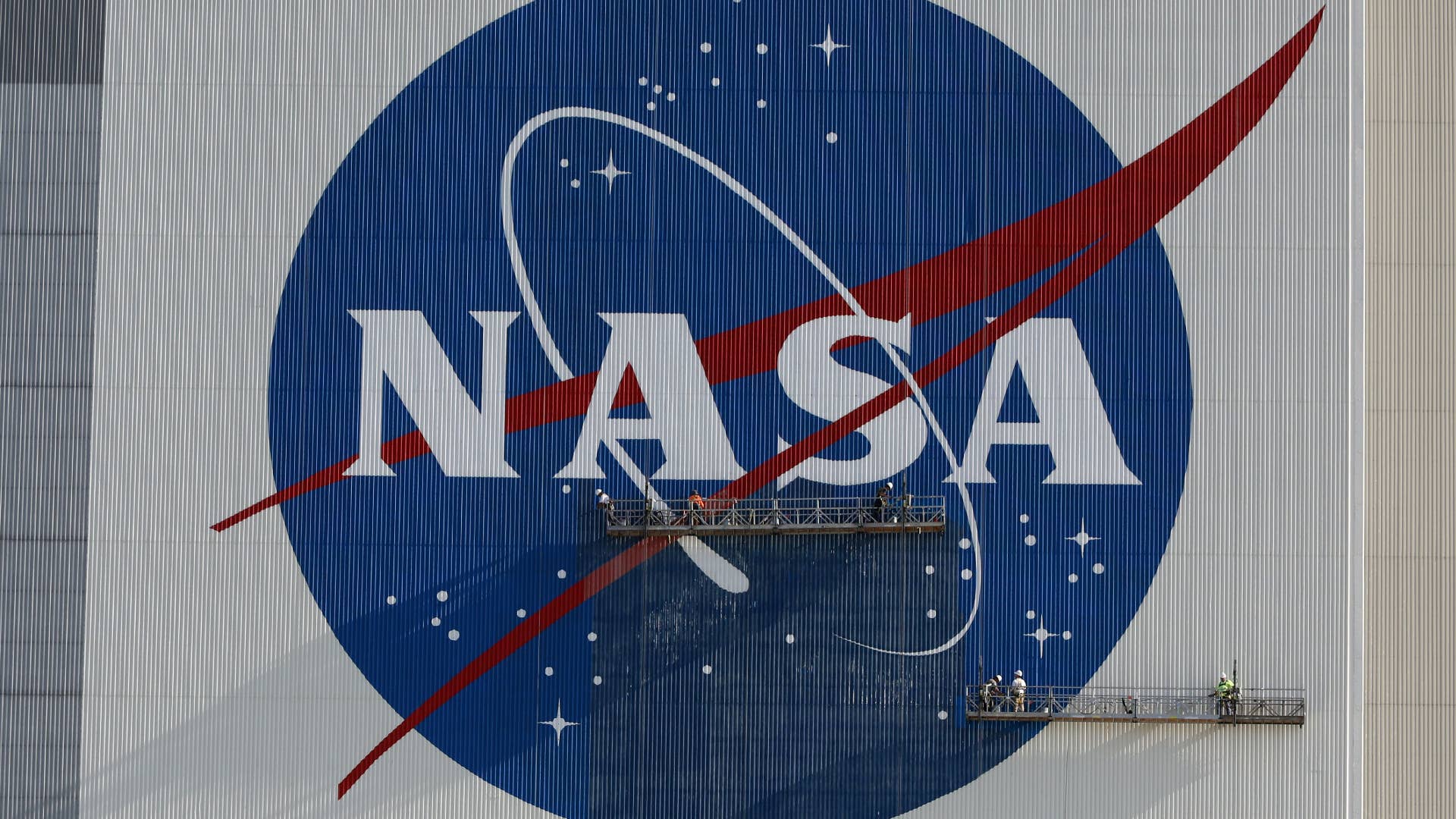
NASA, in the agency’s own words, is “crashing a spacecraft into an asteroid…on purpose.”
On Wednesday at approximately 1:21 a.m. ET, NASA’s Double Asteroid Redirection Test (DART) launched on a SpaceX Falcon 9 rocket from Vandenberg Space Force Base in California. But what, exactly, is DART? In short, it’s the first planetary defense test mission, the findings of which will assist in improving how we might prepare for an actual asteroid-related threat.
Put another way, per NASA Administrator Bill Nelson, the mission turns “science fiction into science fact” while again proving the agency’s penchant for innovative approaches to space-focused concerns.
“In addition to all the ways NASA studies our universe and our home planet, we’re also working to protect that home, and this test will help prove out one viable way to protect our planet from a hazardous asteroid should one ever be discovered that is headed toward Earth,” Nelson added in a statement shared Wednesday.
DART is headed to the Didymos asteroid system, where it will slam into the 530-feet-in-diameter Dimorphos. Per current stats, NASA is expecting the craft to intercept the asteroid system at some point between late September and early October of next year.
To be clear, NASA hasn’t discovered any “significant asteroid impact threat” to our planet at this time. Part of the agency’s larger ambition, however, is to locate any possible impact years in advance and deflect it using DART-esque tech. The headlines-spurring mission is managed by Johns Hopkins University Applied Physics Laboratory for NASA’s Planetary Defense Coordination Office.
The years-in-the-making mission comes at a compelling time, as everyday people are now giving renewed attention to the field thanks to separate coverage surrounding UAPs, with a focus on how that field of research is being handled at the governmental level.


